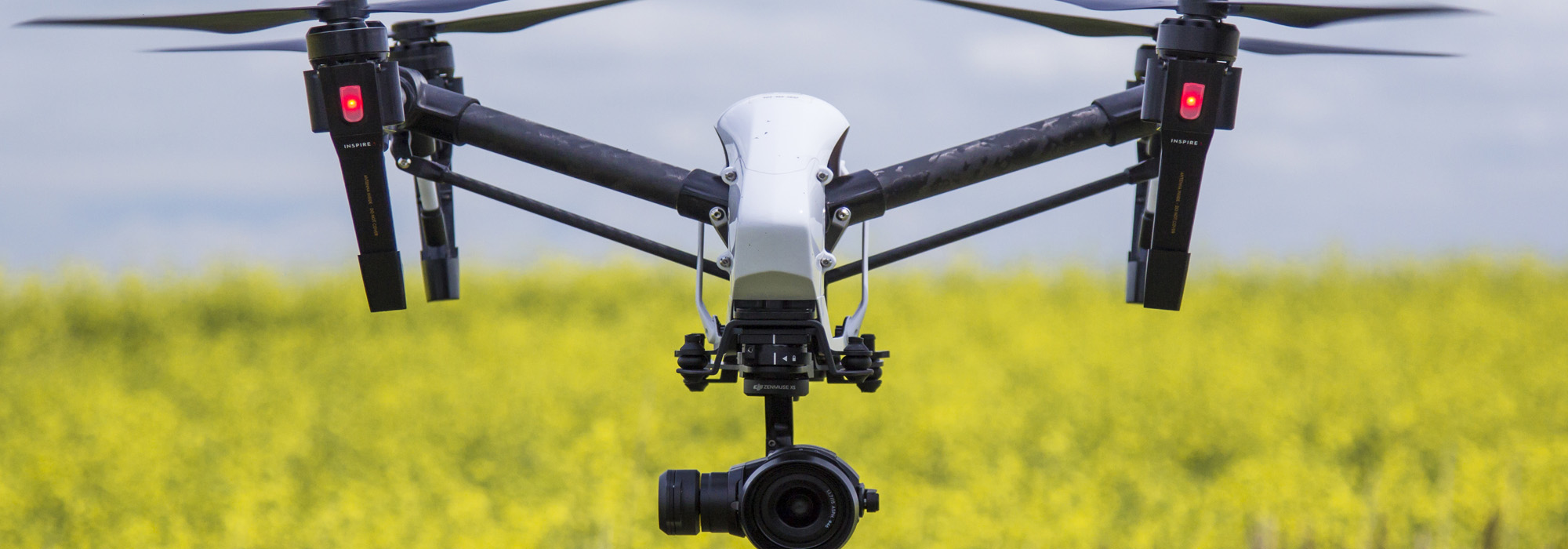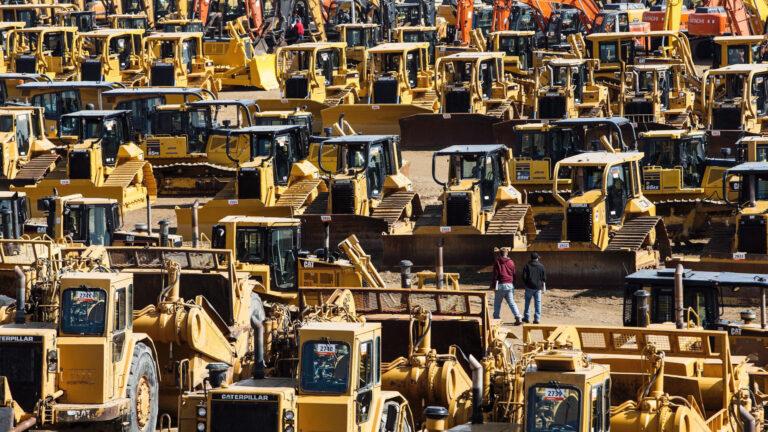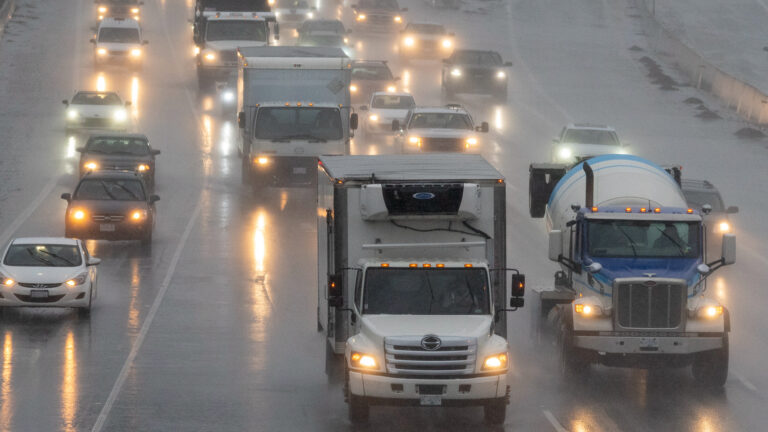A great deal of hope for a secure economic and democratic future for Canada appears to hinge on “innovation.” The federal government describes innovation as “a path to inclusive growth,”
and agriculture is one of the areas where it plans to invest within the new Innovation Superclusters Initiative. The agri-food industry is hopeful about such a large investment in a “smart agri-food supercluster,” trusting in the power of information and communications technologies (ICTs) — from big data sets to algorithms for reading them — to revolutionize food production.
It is not surprising, then, that the Policy Options special feature “Canadian Agriculture at the Cutting Edge” included several articles that not only emphasize such agricultural innovations but also position them as key to wider social well-being. Ryan Katz-Rosene’s article, “Beware the Glitz of Neo-industrial Agriculture,” stood out in its critical perspective. Katz-Rosene identifies the challenges that have accompanied the successful intensification of agriculture over the last century, including the negative impact of high-input agriculture on environmental sustainability.
A digital agricultural revolution is certainly afoot. The John Deere company now fits all of its tractors with digital tools for collecting data from farm fields, claiming that this equipment will provide information to “save time, fuel, and money, as well as improving yield.” The president of Climate Corporation, which designs digital devices for the collection and analysis of agricultural data, goes so far as to predict a “data-driven farm of the future.” But questions remain about the social implications of these technological changes. For example, does the use of big data sets in agricultural decision-making raise issues of privacy and access, like the concerns that have come with the use of big data in other sectors? To date there has been little critical reflection, among either practitioners or academics, about these social implications.
We have been exploring this area of research for the past year, trying to understand the landscape of digital farming in Canada and seeking to identify who is making decisions in this area of technological development, and who benefits from those decisions. Part of what we hope to do with our research is to help define and measure success in data-driven farming. Our preliminary research — interviews with people working in industry, in government and on farms using ICTs — suggests that the role of ICT innovations in Canadian agriculture is complex.
Agriculture and Agri-Food Canada (AAFC) employees have teamed up with McCain Foods to collect large volumes of horticultural data in order to generate markers of “yield success.” However, this project is experimental, and the employees we spoke with admitted they are not certain how they will process these data. One participant was quite explicit about the rush to collect huge volumes of data they “doubt they will find meaning in.” Of course, the mass accumulation of data in the search for patterns that provide “emergent” insights is not unique to this project; it is the backbone of predictive analytics. Since this is at least partly a public sector project, the government presumably has some responsibility to show results.
In the collection and use of large volumes of agricultural data, the government also carries a great deal of responsibility to protect the privacy of its citizens. In some Canadian provinces where agricultural and rural populations are small, agricultural data — such as those collected through the Statistics Canada Census of Agriculture — in their original or “raw” form could be used to identify individual farms or industries. From our interviews, it appears that federal and provincial actors dealing with large volumes of these data are attentive to the potential privacy concerns. For example, agricultural data from smaller provinces are “processed” — aggregated and anonymized — at the federal level before being made useful either for the public or for provincial statisticians and policy-makers.
The processing of government agricultural data confirms what we as social scientists knew all along: that data do not just generate themselves. Even seemingly neutral databases are always partial. While the environmental data collected by satellite and used within the government’s Agroclimate Impact Reporter (AIR) appear to provide a window onto unmediated truths about the environment, they actually represent a selection; it was people, after all, who decided which data were to be collected and then analyzed and by what algorithms.
From our research, the AIR — which collects and maps agriculturally relevant weather information supplied by volunteers — seems like a valuable tool that has the potential to help farmers verify insurance claims, for example. But what about those horticultural data being collected by AAFC and McCain: why is this research team collecting data only for the purpose of yield maximization? To put it another way, why are ICTs — specifically drones and computer programs — being used in this project to meet agricultural goals that give the highest priority to productivity: growing high-yield staple crops for largely export markets? The productivity approach has marked Canadian agriculture by continuously shrinking numbers of farms and farmers, increasing the burden of farm debt and widening the inequalities in the sector.
On the positive side, it doesn’t appear that people have been displaced yet from the agri-food sector because of digitization — in contrast to the impact of ICT on other sectors such as the auto industry. As one of our participants told us, more (not fewer) government agronomic experts are being hired under the move toward data-driven farming, because these people are needed to test how well the results drawn from these large data sets match the realities on the ground. Whether all actors in the food system are going to be sustained by digital innovations remains an open question, however. We know that most if not all historic agricultural innovations have alienated farmers from the means of production, from their land and from each other. It seems to us that if data-driven farming shapes up exactly as corporate actors currently envision it, then ICTs applied to agriculture could end up, like tractors and biotechnological seed systems, giving farmers less, not more, control over their livelihoods.
From our conversations with farmers, it does appear that particular ICTs are reducing farmers’ agency. The data collected by many digitally equipped tractors, data that farmers are helping to collect in the first place, are accessible to the farmers only after being processed by corporations — ostensibly to protect the farmers’ privacy. So privacy and access issues are potentially at odds in the agri-food sector, just as they are in, for example, so much of the social media universe.
Our research on ICT use in agriculture reveals a complex landscape. Now is the time, while investments are being made in the technical framework of a digital agricultural revolution, for careful consideration by regulators and other decision-makers of the ways ICTs could be leveraged to serve a variety of players in the Canadian food system. Digital advancements may help make agriculture more productive, but they should be able to benefit small farmers as much as they benefit large-scale farm businesses. If they don’t, agriculture will continue to be an impenetrable sector for new entrants, and farmers who cannot “keep up” with innovations will leave. With a farm population that is continuously aging and shrinking, Canadian policy-makers must ensure that digital developments do not unevenly serve already powerful actors, making deeper the disparities in Canada’s agri-food system.
This article is part of the Canadian Agriculture at the Cutting Edge special feature.
Photo: Blackie, Alberta, July 13, 2016. A camera drone surveys canola crops on a farm. By Alex JW Robinson
Do you have something to say about the article you just read? Be part of the Policy Options discussion, and send in your own submission. Here is a link on how to do it. | Souhaitez-vous réagir à cet article ? Joignez-vous aux débats d’Options politiques et soumettez-nous votre texte en suivant ces directives.













